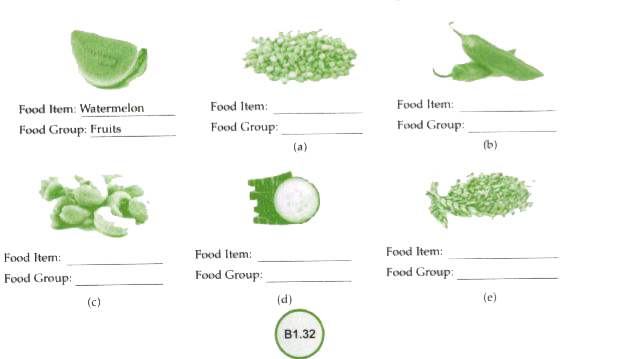Autonomous items are also known as 'below the line' items.
False. Autonomous items are also known as 'above the line' items. (Accommodating items are also known as 'below the line' items.)
Topper's Solved these Questions
- BALANCE OF PAYMENTSBOOK - SANDEEP GARGCHAPTER - BALANCE OF PAYMENTSEXERCISE - GUIDELINES TO NCERT QUESTIONS
3 Videos
- BALANCE OF PAYMENTSBOOK - SANDEEP GARGCHAPTER - BALANCE OF PAYMENTSEXERCISE - REVISION EXERCISE
23 Videos
- BALANCE OF PAYMENTSBOOK - SANDEEP GARGCHAPTER - BALANCE OF PAYMENTSEXERCISE - LONG ANSWER TYPE QUESTIONS
6 Videos
- AGGREGATE DEMAND AND RELATED CONCEPTS BOOK - SANDEEP GARGCHAPTER - AGGREGATE DEMAND AND RELATED CONCEPTS EXERCISE - UNSOLVED PRACTICALS
25 Videos
- BANKING : COMMERCIAL BANKS AND THE CENTRAL BANKBOOK - SANDEEP GARGCHAPTER - BANKING : COMMERCIAL BANKS AND THE CENTRAL BANKEXERCISE - LONG ANSWER TYPE QUESTIONS
8 Videos
Similar Questions
Knowledge Check
Average price of f 100 articles is 46. Later it was found that 16 was read as 61 and 43 was read as 34 and the articles were 90 instead of 100. Find the actual average.
A50B50.7C52D52.7
If mean and standard deviation of 100 items are 50 and 4 respectively the find the sum of all the item and the sum of the squares of item.
View SolutionWhat is the chance of getting at least one defective item if 3 items are drawn randomlyfrom a lot containing 6 items of which 2 are defective item?
View SolutionThere are 6% defective items in a large bulk of item. Find the probability that sample of 8 items will include not more than one defective items.
View SolutionThere are 6% defective items in a large bulk of item. Find the probability that sample of 8 items will include not more than one defective items.
View SolutionThree items from a lot of 10 items are defective. if two items are selected randomly one by one without replacing then the probability that both are defective items.
View SolutionGive examples of autonomous and accommodating items.
View SolutionName the food items shown in the pictures below. Also, write the food group to which each item belongs. (One has been done for you.)

View Solution
